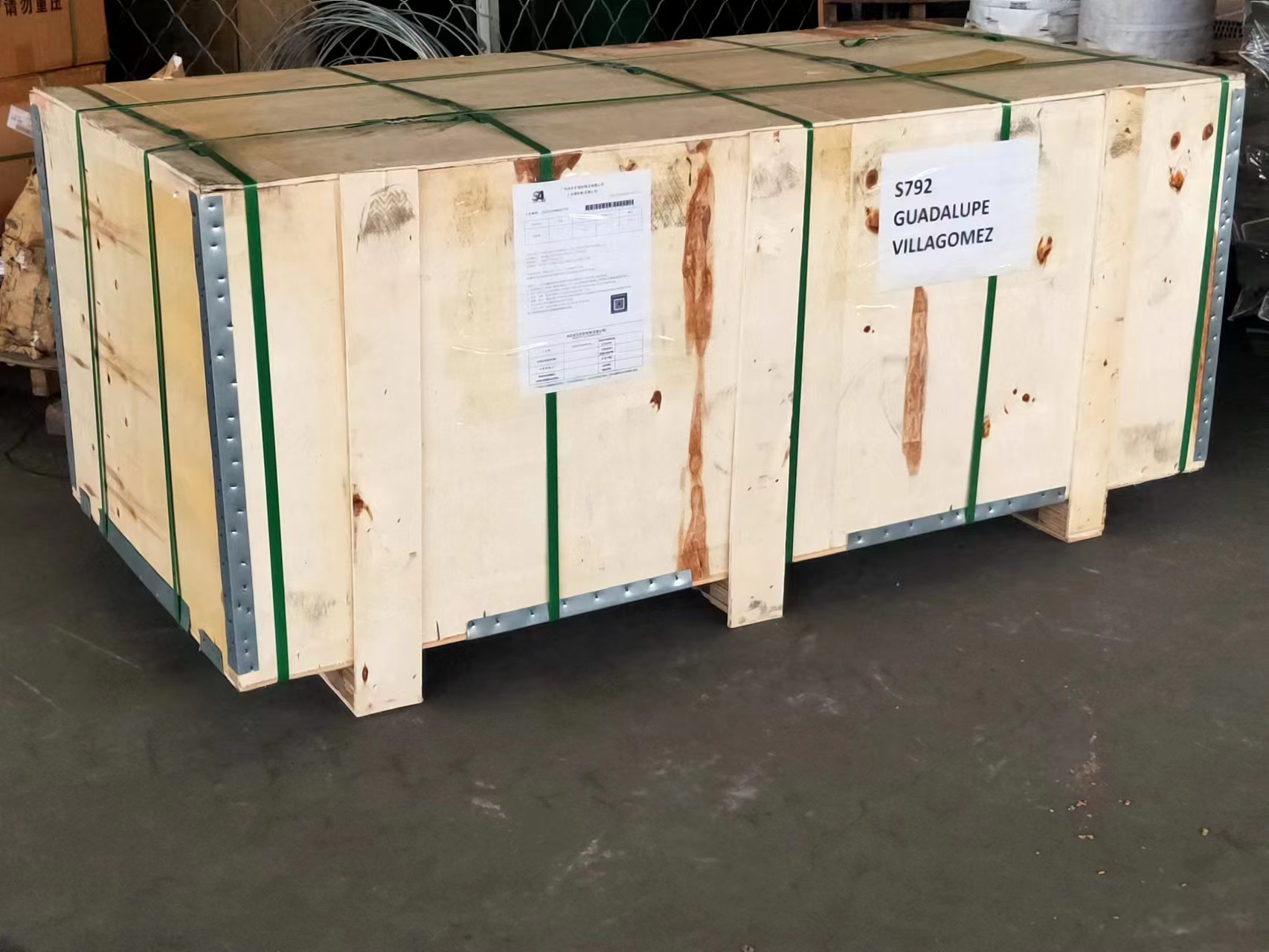turkey scalder
Nov . 13, 2024 14:47 Back to list
turkey scalder
The Art and Science of Turkey Scalder A Crucial Step in Poultry Processing
The turkey is a staple in many cultures, particularly in North America, where it holds a special place on festive occasions like Thanksgiving. However, before turkeys reach our dining tables, they undergo a precise and carefully controlled processing method that ensures their quality and safety. One of the pivotal steps in this process is the scalding, which serves both practical and hygienic purposes. This article will explore the importance of turkey scalding, the methods employed, and the technology involved in achieving optimal results.
Understanding the Scalding Process
Scalding is a critical step in poultry processing that involves immersing birds in hot water for a specified period. This method serves multiple purposes it loosens feathers, facilitates cleaning, and helps in the removal of any residual dirt or contaminants from the surface of the turkey. The temperature and duration of the scalding process must be meticulously controlled to ensure that the feathers are easily removed without adversely affecting the meat quality.
The typical scalding temperature for turkeys ranges from 130°F to 160°F (54°C to 71°C), depending on the desired outcome and the specific type of processing plant. Scalding for too long can lead to skin damage and could potentially result in the loss of meat quality. Conversely, insufficient scalding may lead to feathers not being adequately loosened, making the plucking process more challenging. Hence, precision in managing scalding conditions is crucial for maximizing efficiency in the processing line.
Methods of Scalding
There are two primary methods for scalding turkeys dry and wet scalding.
1. Wet Scalding This method involves immersing turkeys in a vat of hot water. It is the most common practice in commercial poultry processing. Wet scalding allows for even heat distribution, ensuring that all parts of the bird are treated uniformly. Additionally, this method tends to be more effective in feather removal. Variations of wet scalding can include the use of additives such as surfactants to enhance feather slip.
turkey scalder

2. Dry Scalding This alternative method utilizes steam or hot air to achieve similar results as wet scalding. While it is less common, dry scalding is gaining popularity due to its advantages in energy consumption and its ability to reduce the risk of waterborne pathogens. However, it requires advanced technology and precise control over environmental conditions, which can make it more challenging to implement effectively.
The Role of Technology
The turkey scalding process has evolved significantly with advancements in technology. Modern processing plants often employ automated scalding systems equipped with temperature sensors and control mechanisms that ensure a consistent and uniform scalding process. These state-of-the-art systems can adjust heat levels in real-time, providing an efficient solution that minimizes human error.
Water quality is also paramount in the scalding process. Today’s systems often incorporate filtration and recirculation technologies to maintain cleanliness and reduce the risk of contamination. The use of hot water treatment is complemented with chemical interventions to eliminate pathogenic bacteria, ensuring that the final product is safe for consumption.
Conclusion
The turkey scalding process is a vital component in the poultry processing industry, connecting agricultural production with food safety and quality. By understanding the intricacies of scalding methods, temperatures, and technological advancements, it becomes evident why this seemingly simple process is steeped in complexity and precision. As consumers become increasingly aware of food safety issues, the role of effective turkey scalding will continue to be a focus of both commercial processors and regulatory bodies.
In summary, the art and science of turkey scalding not only enhances the efficiency of poultry processing but also plays a crucial role in delivering high-quality, safe products to consumers. As the industry continues to evolve, so too will the methods and technologies used in turkey scalding, ensuring that this essential practice keeps pace with growing demands for food safety and quality assurance.
-
Hot Sale 24 & 18 Door Rabbit Cages - Premium Breeding Solutions
NewsJul.25,2025
-
Automatic Feeding Line System Pan Feeder Nipple Drinker - Anping County Yize Metal Products Co., Ltd.
NewsJul.21,2025
-
Automatic Feeding Line System Pan Feeder Nipple Drinker - Anping County Yize Metal Products Co., Ltd.
NewsJul.21,2025
-
Automatic Feeding Line System - Anping Yize | Precision & Nipple
NewsJul.21,2025
-
Automatic Feeding Line System - Anping Yize | Precision & Nipple
NewsJul.21,2025
-
Automatic Feeding Line System-Anping County Yize Metal Products Co., Ltd.|Efficient Feed Distribution&Customized Animal Farming Solutions
NewsJul.21,2025






